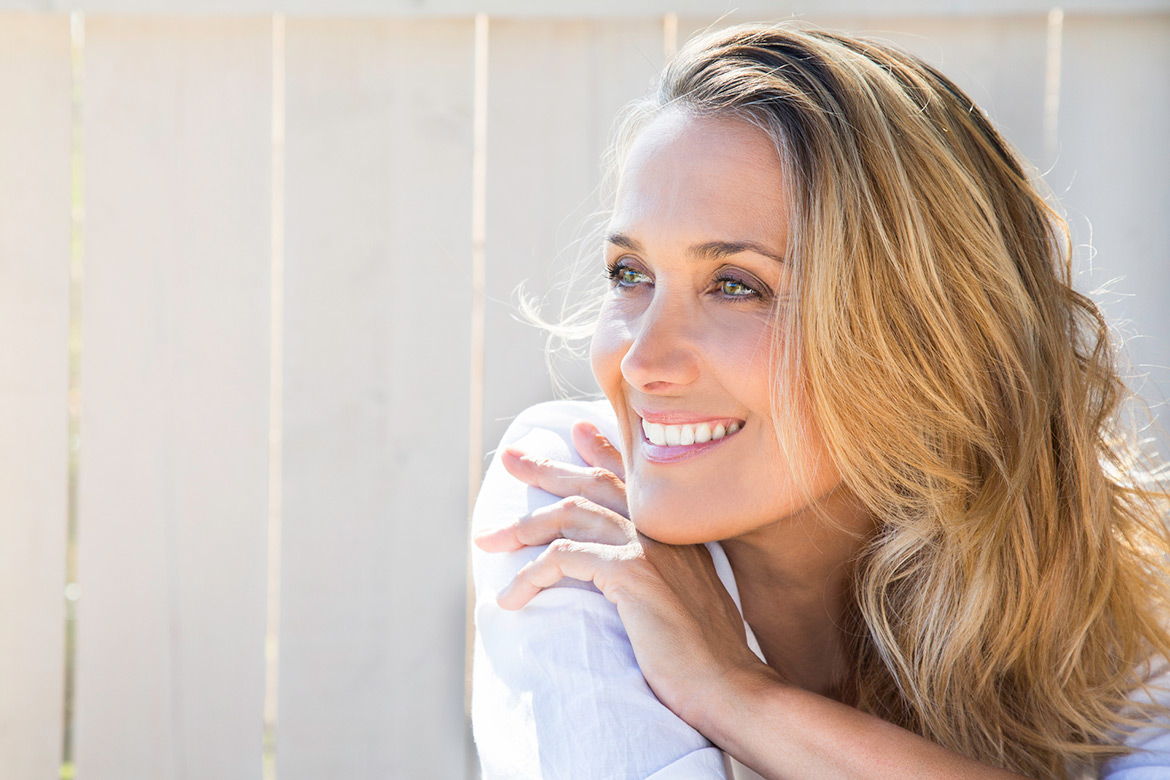Here comes the sun
Posted February 22, 2020

There are new ways to reverse years of damage caused by UV rays.
Has aging, acne, or simply too much time in the sun left your face with blotches, scars, wrinkles, or lines? A technology called laser skin resurfacing may help you look younger and healthier. To find out more, we consulted with an expert, Dr. Babar Sultan, a Harvard and Johns Hopkins-trained expert in the field who’s founder of Sultan Facial Plastic and Reconstructive Surgery in Towson.
-
What does unprotected sun exposure do to your skin?
Sun exposure is responsible for most of the visible aging of your skin—far more than all other factors combined. UV rays from the sun are the primary cause of wrinkles, pigmentation, sun spots, reduced skin elasticity, the degradation of skin texture, and many other signs of skin aging. In fact, many scientific estimates have shown that up to 90 percent of how young or old you look for your age is due to how much sun exposure you’ve sustained.
-
What does skin resurfacing mean and what are the different ways to do it?
Skin resurfacing treatments help to restore a more youthful, beautiful complexion by removing the most damaged outer layers of skin to reveal the healthier-looking skin beneath and encouraging new, healthy skin cell growth. Treatment options for resurfacing include laser, chemical peels, microdermabrasion, dermabrasion, microneedling, and broad-band light treatment.
-
What are some of the differences between these different modalities?
All of the different treatment options are causing a controlled injury to the skin to promote rejuvenation. Primarily, it is the mechanism and depth of injury that varies between these treatment options. These two factors often correlate with the result, but also the downtime associated with the procedure.
-
What does downtime mean?
Downtime refers to the healing process after the treatment and how conspicuous it is to others. For some treatments, one might have subtle pinkness and swelling lasting a few hours versus other treatments where one can have facial redness lasting several weeks. For the most part, the best results come with a longer downtime.
-
What technology do you use in your practice?
I have a Sciton laser, as well as broad-band light (BBL/IPL). BBL (BroadBand Light) is an intense pulsed light (IPL) device for treating sun damage, age spots, freckles, small veins, rosacea, and acne. The laser has two components to it: The first is the standard laser, in which the depth of injury can be precisely planned to meet the patient’s aesthetic goals as well as downtime expectations. The second component is the new, revolutionary Halo laser.
-
What is the Halo laser?
Halo is a hybrid laser with two different wavelengths: One wavelength targets the top layer of your skin and the other targets deeper tissues. By precisely combining the wavelengths you need, the Halo laser can repair visible signs of aging, sun damage, discoloration, enlarged pores, and uneven skin tone, while providing the deep heat needed to jump-start collagen growth. The best part of the hybrid technology is that downtime can be significantly reduced.
-
How do I know if I would benefit from resurfacing?
With so many modalities and so many different kinds of providers offering resurfacing services, it can be a very confusing landscape to navigate. The first thing to ask yourself is what is bothering you about your skin. Then you need to find a provider that will educate you about all your treatment options. The saying goes, if you only have a hammer, everything looks like a nail. So be wary of being pushed down just one treatment path.